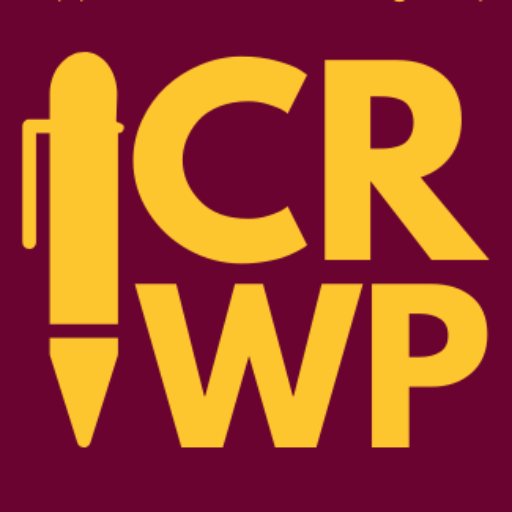
Time.
There’s never enough of it, is there?
Whenever I talk to teachers about my efforts to use an inquiry approach to teaching, they almost always ask, “How do you find the time?”
To be honest, it isn’t easy.
As I mentioned in my earlier posts, before the surprise alligator head hijacked my students’ attention, I was planning to do a unit on reading biographies during my February reading workshop lessons. I was excited about the unit because, in addition to addressing the CCSS for informational reading, I was also going to be able to address three history concepts that were part of the social studies curriculum; it was going to be a two-for-one deal! Plus, President’s Day seemed like a great time to read about Lincoln and Washington. Yes, I was excited about it, but the students weren’t. Clearly, the alligator was what had their attention, and I knew it was my job to find a way to capitalize on that engagement in order to teach the curriculum – even though it stressed me out at first.
As I reexamined the curriculum, however, I realized that by making sure we spent time learning about and discussing the near extinction of the alligator, I could address two of the history objectives and an additional social studies concept that dealt with man’s effect on the environment. Our work with biographies, which was a required part of the Social Studies curriculum, was moved to March, shortened a little and centered on Rachel Carson, Jane Goodall and other ecologists. The students were very interested in these historical figures that cared about nature and the environment as much as they did. With a little flexibility, I was able to meet the required curriculum objectives, teach the skills, concepts and habits of mind needed for 21st Century success, and keep the students engaged.

My first grade curriculum, allowed for this kind of flexibility, but not everyone has the kind of options that would allow them to take a one-month detour to follow students’ interests. However, curriculum-based inquiry units can be just as engaging and powerful as this spontaneous one. Using a thinking routine, such as See-Think-Wonder created by Ritchhart, Church and Morrison in their book Making Thinking Visible, is one way to launch a curriculum study that centers around students’ interests and questions. In this routine, the teacher selects an image, object, short video or brief piece of writing that sparks curiosity about the required unit of study. After examining the image or object closely and sharing their observations, the students begin to ask questions about the topic. The teacher guides the students so that their questions go beyond the surface level to more meaningful and complex questions. These questions become the basis for further study.
 Using an inquiry-based approach to teaching does require that you let the students’ questions lead. As a teacher, you focus on the processes involved in learning and let the content become the outcome of the study rather than the starting point. It takes time to learn how to do this. It takes time to plan for it. It takes time to implement it. However the learning opportunities that you will be providing that go beyond the curriculum to develop curiosity, openness, engagement, creativity, persistence, responsibility, flexibility and metacognition in your students make it time well spent.
Using an inquiry-based approach to teaching does require that you let the students’ questions lead. As a teacher, you focus on the processes involved in learning and let the content become the outcome of the study rather than the starting point. It takes time to learn how to do this. It takes time to plan for it. It takes time to implement it. However the learning opportunities that you will be providing that go beyond the curriculum to develop curiosity, openness, engagement, creativity, persistence, responsibility, flexibility and metacognition in your students make it time well spent.

Tricia Clancy is a first grade teacher at Eastlawn Elementary in Midland, Michigan. She was a part of the CRWP Summer Institute in 2013 and now serves as a teacher consultant.

This work is licensed under a Creative Commons Attribution-NonCommercial-ShareAlike 4.0 International License.

Leave a Reply
You must be logged in to post a comment.